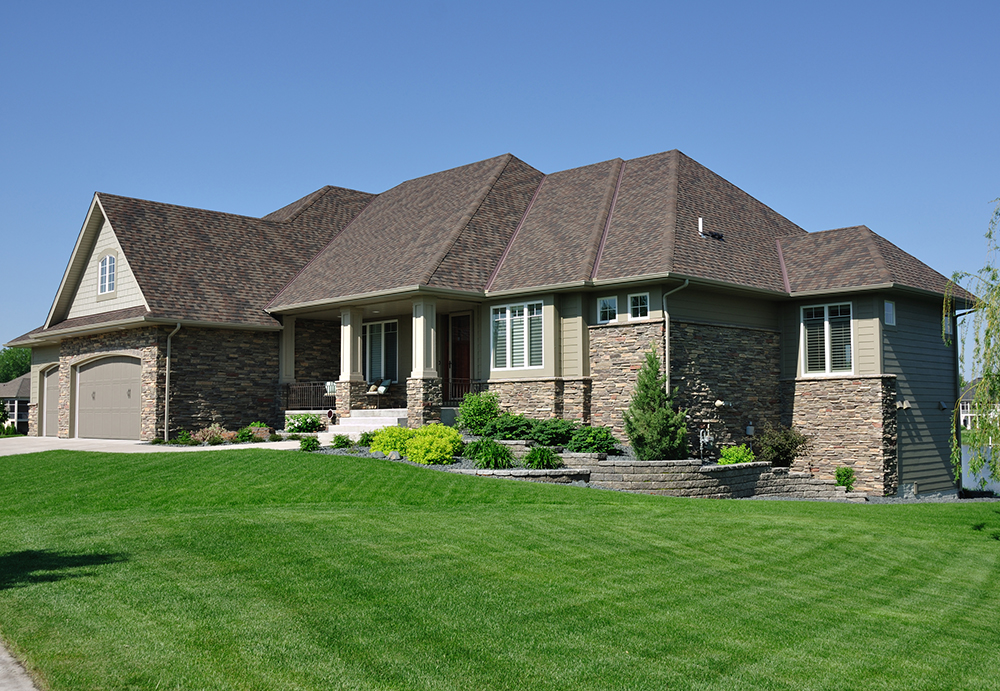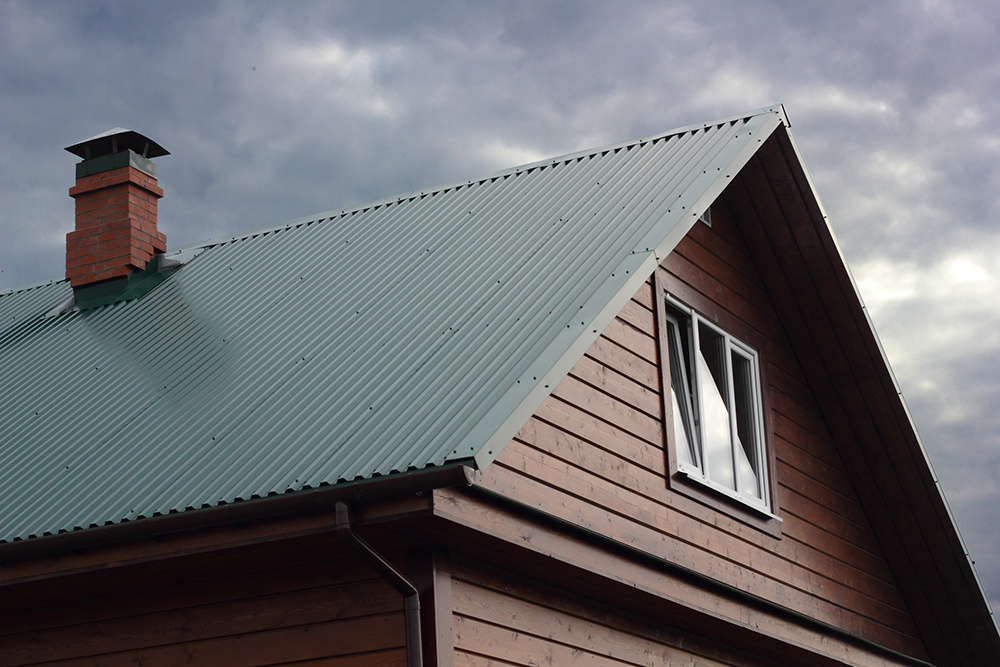How Long Does Siding Last?
Dec 5, 2022
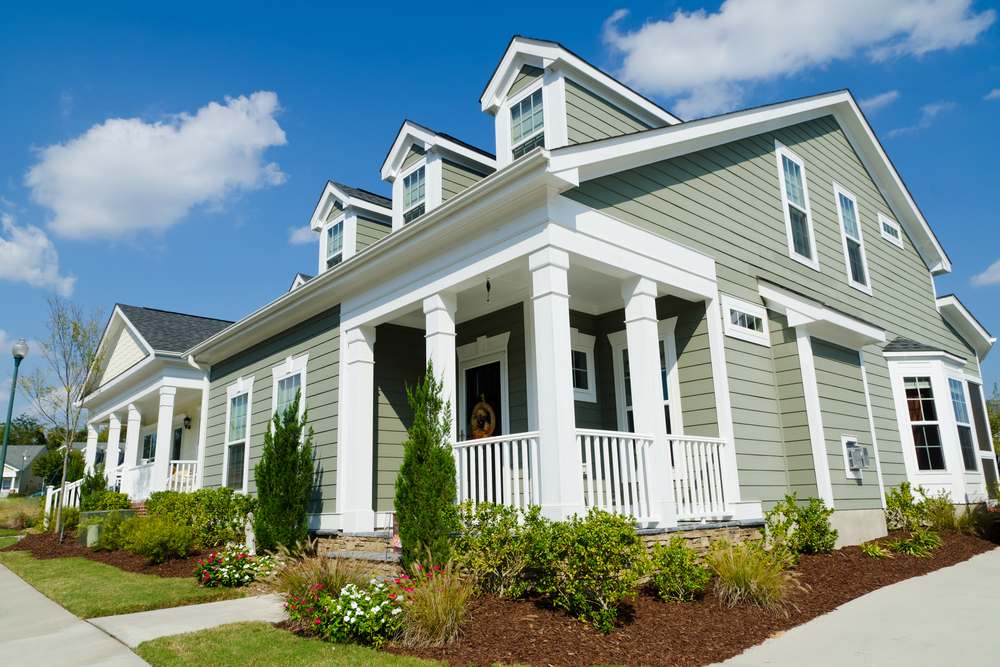
The siding of your house gives your home exterior color and style, but it also helps protect your home. Buying and installing new siding is quite an investment, so it’s important to know how long it will last. Different kinds of siding last for different amounts of time, but you can usually count on siding lasting between 20 and 40 years. There are many ways to extend the life of siding as well.
How Long Does Vinyl Siding Last?
Vinyl siding is a popular choice for homes due to its longevity and relative affordability. Generally, vinyl siding lasts between 20 and 40 years. Of all types of siding, vinyl requires the least amount of maintenance to make it last for at least 20 years. It also comes in various thicknesses and colors, as well as insulated versions.
How Long Does Wood Siding Last?
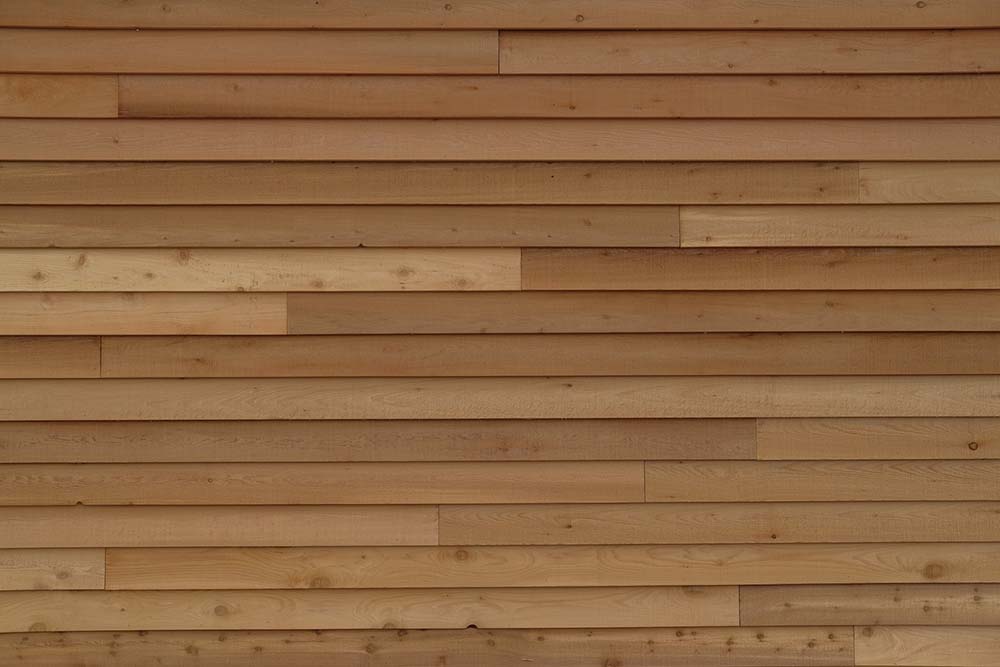
Wood siding typically lasts between 15 to 40 years, but it requires more upkeep than vinyl siding. It requires more regular inspections due to the additional problems it can endure, such as rot, mold, and pests. Because wood is a natural material, it also expands and contracts with temperature fluctuations, which can lead to premature cracking.
How Long Does Aluminum Siding Last?
Aluminum siding usually lasts between 30 and 50 years and only requires a medium amount of maintenance, such as an annual cleaning with a power washer. It is, however, susceptible to scratching and denting. At the end of its life, aluminum siding can be recycled, making it a good choice for the eco-conscious consumer.
How Long Does Fiber Cement Siding Last?
Fiber cement is a composite material made of cement reinforced with cellulose fibers. It’s more durable than wood siding, is resistant to water and termites, and can last between 25 and 40 years with a medium amount of maintenance. Annual maintenance should include hosing it off and checking for any gaps in caulking.
Factors That Affect The Lifespan of Siding
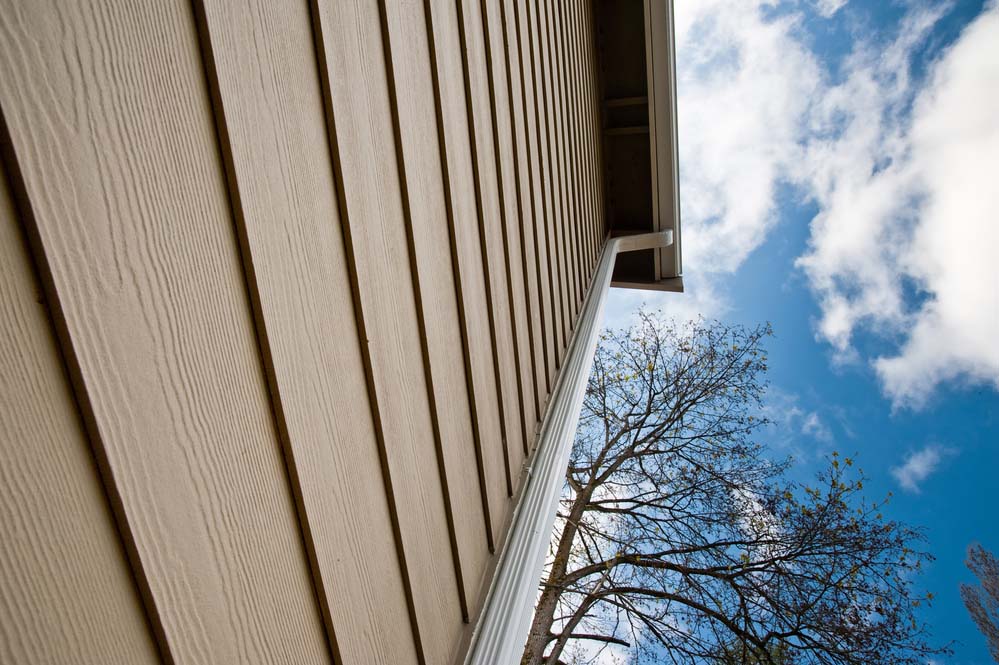
A slew of factors besides the material can affect the lifespan of siding. Here are a few of the most important to keep in mind.
Maintenance
The level at which you maintain your siding will affect how long it lasts. Maintaining siding means cleaning it and fixing any errors or damage. For example, if the caulking in the siding is insufficient, moisture could get in between planks and cause damage to both the siding and the house. Consequently, the siding could need to be replaced more quickly.
Quality
The quality of the siding you choose will also play into its lifespan. If you buy bargain-level siding that is low quality, it likely won’t last as long as durable siding would. However, durable, high-quality siding is usually more of an investment.
Installation
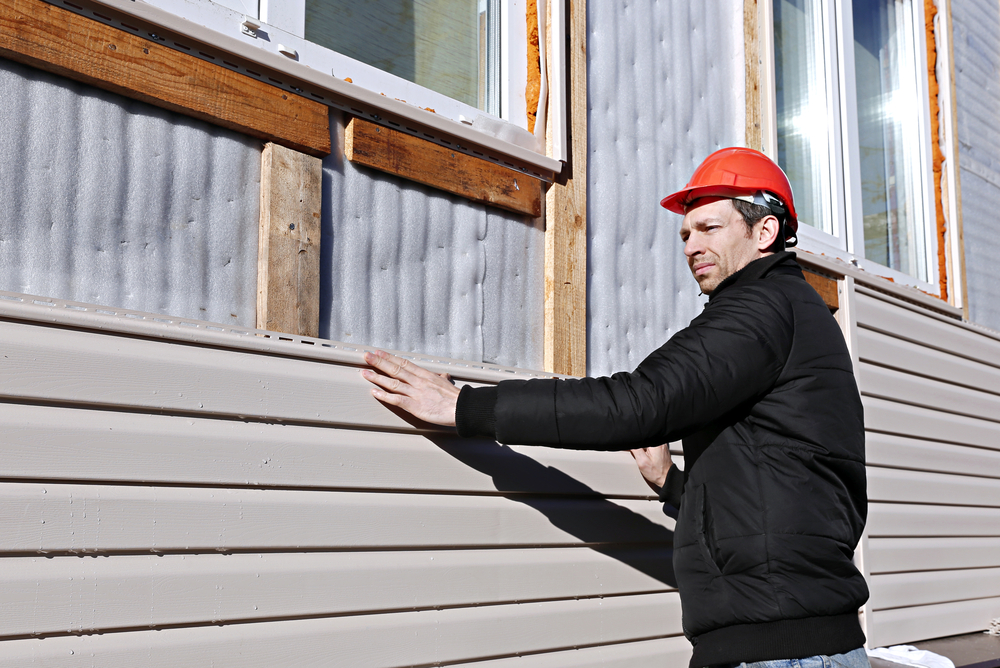
How your siding is installed can affect its lifespan. A qualified and experienced contractor will ensure that there is no existing water damage on the exterior of the house and will install the siding properly to prevent future damage. Additionally, they will use high-quality installation materials like corrosion-resistant nails and taping joints. Contractors who do not take these steps may shorten the lifespan of your siding.
Weather Conditions and Climate
Weather conditions and your local climate can affect the lifespan of your exterior siding. For example, if you live in a very sunny area, your vinyl siding will likely fade quicker than it would in a very cloudy area. Hot areas can also dry out the wood. On the other hand, if you live in an area with harsh weather conditions like frequent hail or freezing rain, you can expect more denting and scratching to your siding.
Grade and Thickness
Vinyl siding comes in different thicknesses. They are:
- .40 mm – Thin residential
- .44 mm – Standard residential
- .46 mm – Thick residential
- .50 mm – Super thick
Thin residential is the most common grade of siding, at least partially because it is the most affordable. However, if you spend more money on thicker vinyl, it will usually last longer. Thicker vinyl is more durable and resistant to fading.
How To Maintain Siding
Depending on the type of siding you have, you will have to maintain it slightly differently. However, no matter the type of siding you have, you should inspect and clean it regularly.
Inspecting the Siding Regularly
Inspection is one of the biggest parts of maintenance. In order to find a problem with your siding, you’ll have to regularly take a look at it and make a note of any inconsistencies. These could include rot in wood siding, denting in aluminum siding, or moisture infiltration and cracking in vinyl planks. You should take a close look at your siding at least once a year.
Cleaning the Siding Annually
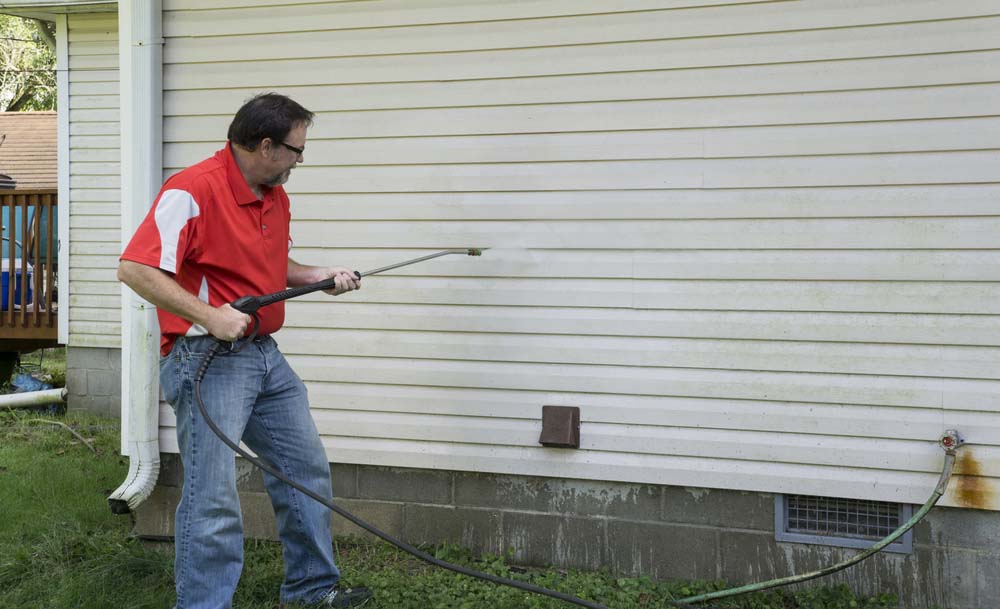
Most types of siding require an annual cleaning, although some types will require a more thorough cleaning than others. A hosing down is fine for general upkeep, but a powerwasher can also be used if more grime has developed over time.
For informational purposes only.

